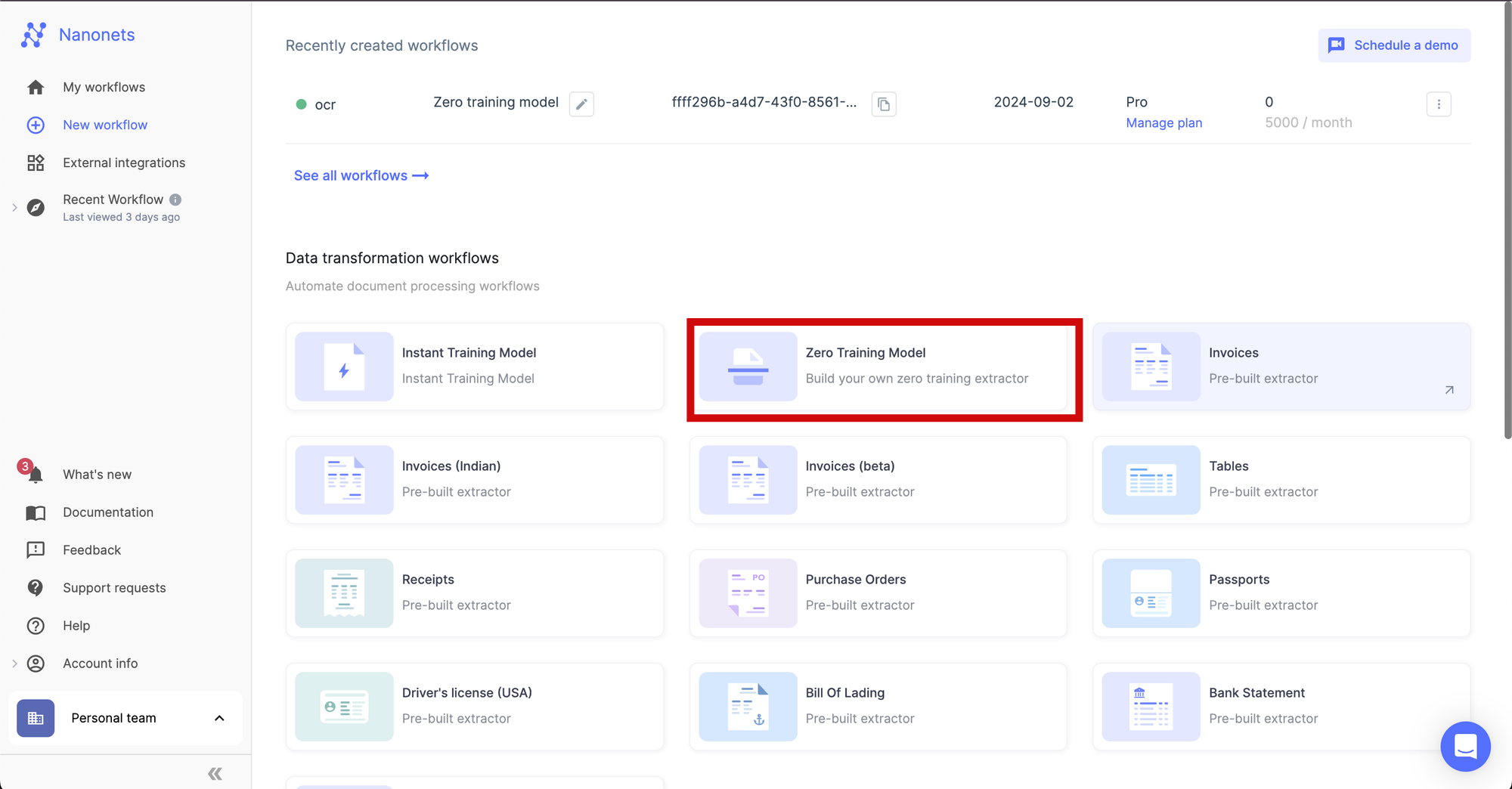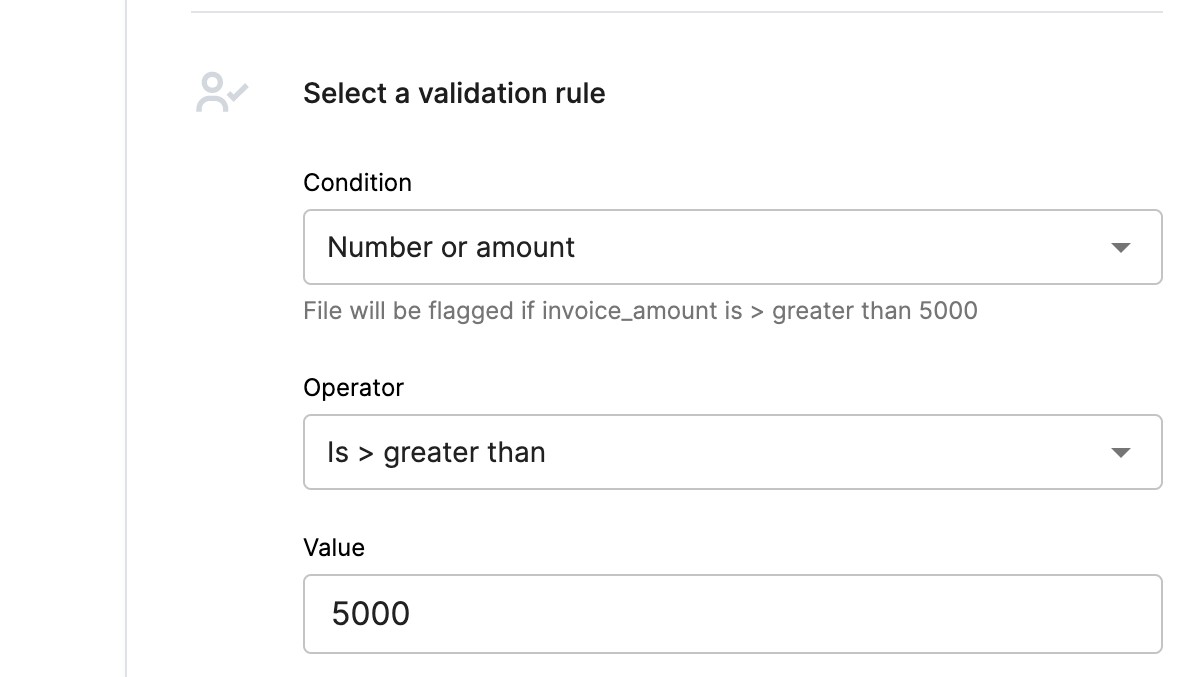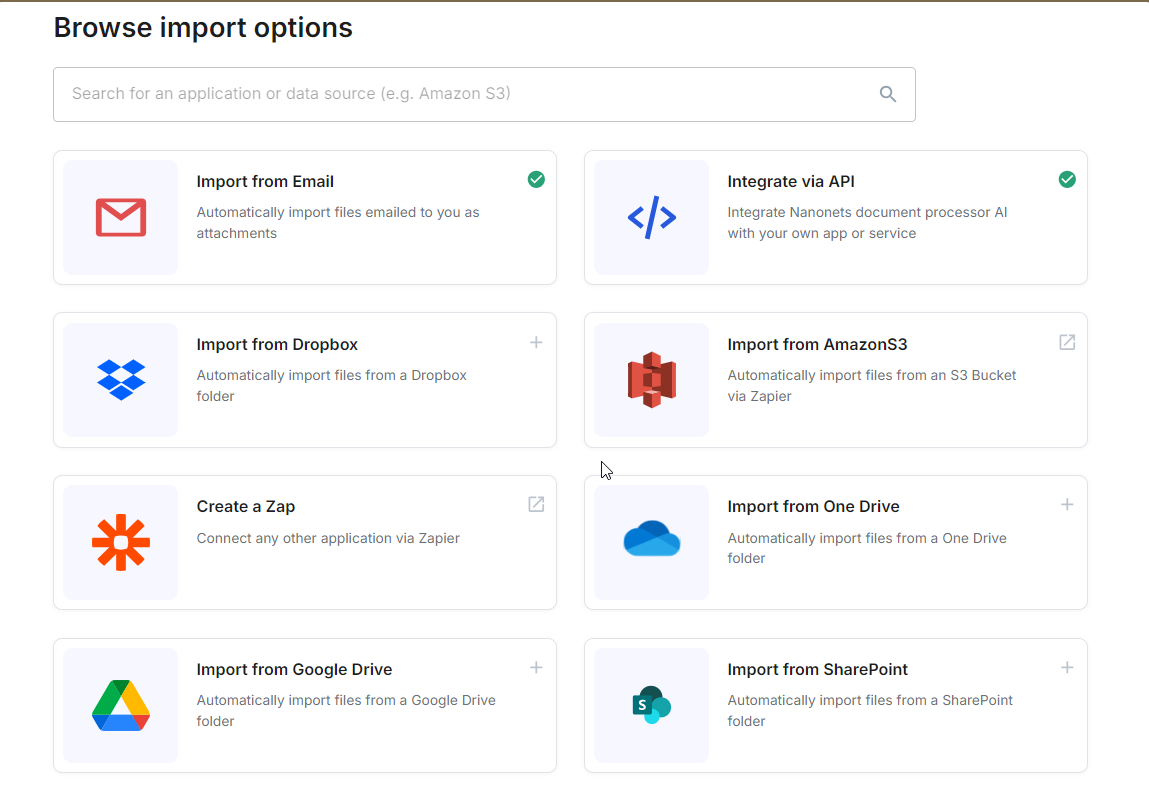In trucking, speed isn’t simply about how fast your fleet goes.
It’s also about how quickly you can process a rate confirmation so that you can begin planning routes and allocating resources. It ensures you get your drivers on the road faster.
However, processing rate confirmations quickly and accurately is often a challenge.
For starters, you often have to juggle multiple systems like transportation management systems (TMS), accounting software, and email. Switching between tabs is not the most productive thing to do.
But what follows is worse — manual data entry. It’s slow, tedious, and prone to errors. Even a minor typo, like the wrong load weight, can lead to costly errors, delayed shipments, and strained relationships.
That’s why forward-thinking logistics businesses are turning to AI-powerd intelligent document processing (IDP) solutions to automate rate confirmation handling.
These AI-powered tools extract data accurately, validate the extracted information, flag discrepancies, route documents for approval based on custom rules, and finally export it to downstream business software. By speeding up processing and cutting errors, IDP solutions let you move faster.
The result? More loads accepted and business growth.
In this article, we’ll explore how automating rate confirmation data extraction can streamline your freight operations, boost efficiency, and give you a competitive edge.
Understanding the entire process around rate confirmations
Rate confirmation documents serve as legally binding agreements between brokers and carriers. It outlines where the shipment is headed, the delivery schedule, the transport mode, the content of the shipment, and the agreed-upon rate for transportation services.
The process starts when a shipper needs to transport goods. They contact a broker, who in turn searches for suitable carriers, often posting load details on relevant boards. Interested carriers reach out, and negotiations begin.
Factors like distance, cargo type, urgency, and market conditions all play into determining the final rate.
Once a rate is agreed upon, the broker creates the rate confirmation.
This document outlines the pickup and delivery locations, schedule, transport mode, cargo details, and the agreed-upon price for services. The broker then sends this document to the carrier for review and signature.
Once signed, it sets the entire transportation process in motion.
What information do rate confirmations contain?

A typical rate confirmation document includes data points like:
- Shipper and carrier details
- Pickup and delivery addresses
- Date and time of pickup and delivery
- Mode of delivery
- Cargo description and weight
- Equipment type required
- Rate and any additional fees
- Special instructions or requirements
Why is rate confirmation processing important?
- For carriers like trucking companies, it serves as a crucial reference point for planning routes, allocating resources, and ensuring compliance with agreed-upon terms.
- For brokers, it’s a vital record of the transaction, helping manage finances and maintain client relationships.
- For shippers, rate confirmations provide visibility into transportation costs, delivery timelines, and service agreements, enabling better supply chain planning and budget management.
- All parties rely on rate confirmations to resolve any disputes that may arise during or after the shipment.
Challenges in processing rate confirmations manually
Typically, the document would be received as a PDF. In case it is not, they may need to be digitized using a scanner.
Then, the fields will have to be verified and entered into the company’s systems. The details will also have to be communicated to the dispatchers and drivers.
And finally, the accounting systems will need to be updated for invoicing.
If your existing workflow is manual-actions heavy, then you’re likely facing several of these challenges:
| Challenge | Description | Setback |
|---|---|---|
| Missed opportunities | Manual processing of rate confirmations causes delays in decision-making | Loss of high-value loads to faster-responding competitors |
| Route planning delays | Slow extraction of pickup/delivery details hinders timely route planning | Inefficient routes, increased fuel costs, potential late deliveries |
| Driver assignment errors | Manual review of equipment requirements prone to oversights | Mismatched driver-load assignments, delays, compliance issues |
| Inaccurate load tracking | Manual data entry into TMS systems can lead to errors | Difficulty providing real-time updates, damaging client relationships |
| Cash flow issues | Delayed processing leads to slower invoicing | Late payments, difficulty paying drivers, strained finances |
| Compliance risks | Overlooking crucial details due to manual review | Potential regulatory violations, especially for specialized freight |
| Scalability limitations | Manual processes don’t scale well with business growth | Inability to expand without significantly increasing staff strength |
| Resource misallocation | Skilled staff spending time on data entry instead of strategic tasks | Reduced focus on business development and customer relationships |
| Dispute resolution issues | Difficulty in quickly accessing or searching through historical rate confirmation data | Prolonged payment disputes, potentially damaging broker relationships |
These challenges are not isolated. They are connected and can often compound each other’s impact. For instance, imagine assigning a non-hazmat certified driver to transport hazardous materials due to a data entry error.
This could lead to severe safety risks, legal consequences, and damage to your reputation.
Moreover, these inefficiencies can create a domino effect, impacting your ability to meet customer expectations, maintain competitive pricing, and ultimately grow your business.
There are several methods to automate rate confirmation data extraction, ranging from basic OCR solutions to more advanced AI-powered systems. Let’s explore them one by one.
Basic OCR tools can convert rate confirmation PDFs to machine-readable text, but they lack the contextual understanding needed for complex logistics documents. While they might capture simple fields like dates or load numbers, they struggle with unstructured data such as special instructions or varied fee structures. The result? Inaccurate extractions that still require significant manual review and correction.
Python libraries offer more flexibility for rate confirmation processing, allowing customization for specific broker formats. However, they demand technical expertise and constant maintenance. When a broker changes their rate confirmation layout or you onboard a new partner, you’ll need to manually adjust your code. This approach quickly becomes unsustainable as your carrier business grows and diversifies.
Large Language Models (LLMs) like ChatGPT show promise in understanding the context of rate confirmations. They can interpret various document structures and extract relevant information. However, their reliance on pattern recognition can lead to inconsistencies and gibberish output. Creating prompts that work universally across different brokers’ rate confirmations is challenging, and LLMs may struggle with precisely extracting critical details like exact weights or specific fee breakdowns.
A more advanced solution is needed to truly automate the process effectively. This is where Intelligent Document Processing (IDP) comes into the picture. It combines advanced OCR, machine learning, and natural language processing to accurately extract and contextualize data from rate confirmations, regardless of format or complexity.
Unlike basic tools, IDP systems understand document context, adapt to changing layouts, and continuously improve accuracy. They extract data, validate information, flag discrepancies, and integrate seamlessly with existing systems like TMS.
IDP solutions help you achieve end-to-end automation. From rate con import to processing to data export. This eliminates manual errors, accelerates decision-making, and frees up valuable resources, giving carriers a significant competitive edge in the fast-paced logistics industry.
Here’s how to implement an IDP solution like Nanonets for rate confirmation automation:
Step 1: Create your Nanonets account and log in to your account

Step 2: For rate confirmations, you might start with a zero-shot model. So, from the ‘Workflow’ menu, select a ‘Zero Training Model’.

Step 3. Navigate to the AI Training section in the left-hand panel and click “Manage Labels”. Use Fields for data points that have a single value per document, like Load ID or Total Rate. And Table Headers for data that may have multiple values per document, such as line items in a rate confirmation.
Step 4. Add detailed descriptions for each field and table header. These descriptions guide the AI in understanding what to look for. For example, the Load ID description could be “A unique alphanumeric identifier for the shipment, typically 8-10 characters long, often starting with ‘LD’ or ‘LOAD’.
Step 5: Set up date validation to ensure logical pickup/delivery dates or to verify the address completeness and format.

Step 6: Configure multi-stage approval workflows based on extracted and validated data. You can set up conditional routing rules; for example, If the total rate > $5000, route to the senior manager for approval.

Step 7: Start uploading rate confirmations. You can either import files from your local storage or Cloud or use an automated import block from Gmail, Google Drive, Dropbox, or third-party tools.

Step 8: Set up export blocks to auto-populate validated and approved data to your TMS, accounting software, or CRM. You can even download the data as CSV files or spreadsheets for further analysis.

This automated workflow saves time, reduces errors, and frees up valuable resources to focus on strategic activities. This can lead to improved operational efficiency, better decision-making, and ultimately, a stronger competitive position in the fast-paced logistics industry.
| Benefit | Example | Potential Impact |
|---|---|---|
| Automated Data Validation | Flag a rate con with pickup date in the past | Prevent scheduling errors and improve on-time performance |
| Elimination of Manual Entry | Extract and populate 20 data points from a rate con in seconds | Reduce processing time from 15 minutes to 30 seconds per document |
| Minimized Human Error | Accurately capture 15000 lbs load weight, not 1500 lbs | Avoid costly misallocation of equipment and resources |
| Super Fast Processing | Process 100 rate cons in 30 minutes instead of 5 hours | Respond to and secure high-value loads before competitors |
| Scalable Operations | Handle 500 daily rate cons with the same staff as 50 | Grow business 10x without proportional cost increase |
| Accelerated Invoicing | Reduce invoicing time from 1 week to 1 day | Improve cash flow by receiving payments 6 days earlier |
| Efficient PDF Handling | Extract data from scanned, low-quality rate con PDFs | Process all incoming rate cons regardless of format or quality |
| Enhanced Compliance Checks | Automatically flag special handling instructions | Reduce compliance-related issues by 90% |
| Improved Data Accuracy | Catch a $500 typo in the rate before accepting the load | Save thousands in potential revenue loss per month |
| Streamlined Workflow | Automate rate con import from email to TMS | Eliminate manual document handling and reduce processing delays |

